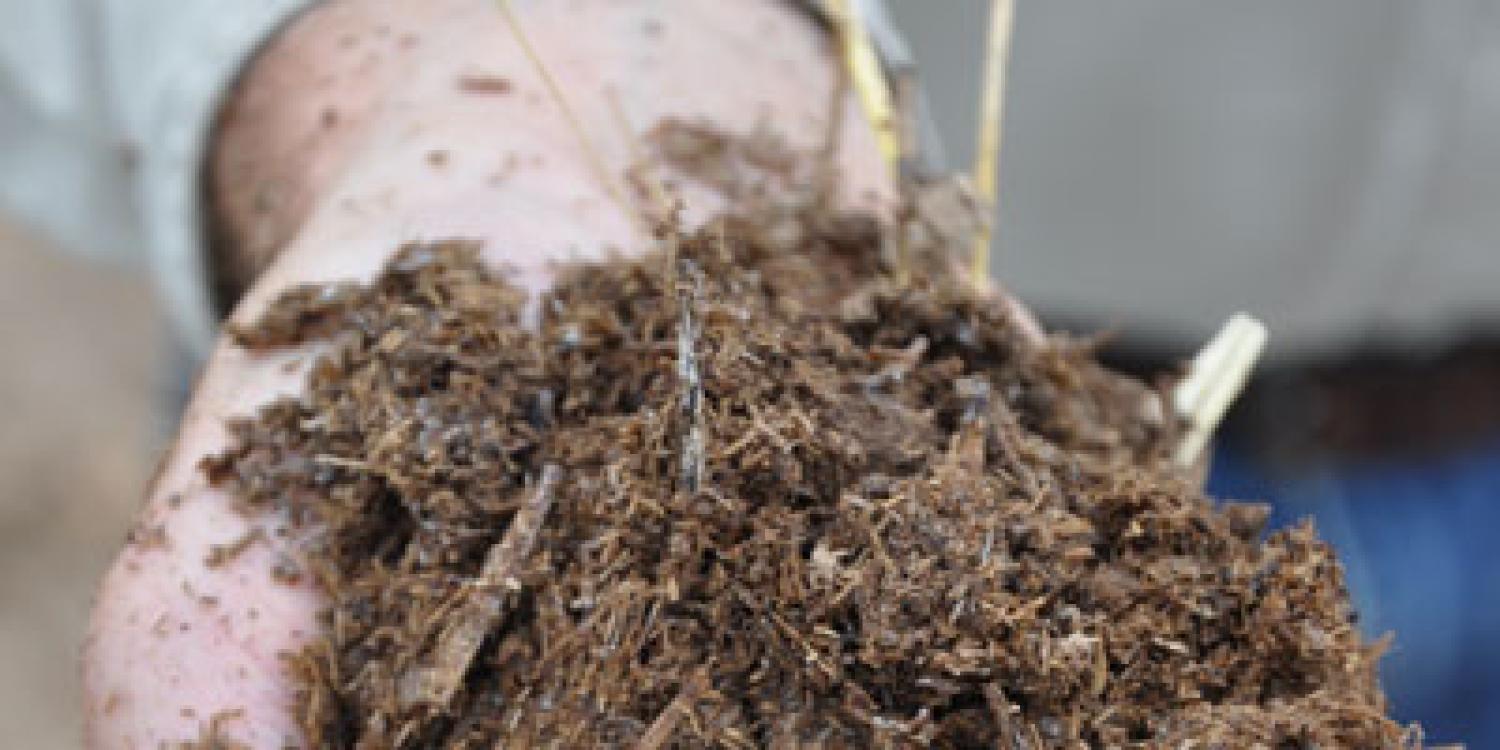
Farmers must walk a fine line when applying nitrogen fertilizer. Too little affects yield. Too much wastes money, makes crops more susceptible to some pests and threatens water quality. Managing nitrogen is especially complex for sustainable and organic farmers.
Organic farmers work with increased soil organic matter and use legume cover crops – two important nitrogen sources that are difficult to quantify. Specialty organic nitrogen fertilizers are at least five times more expensive than synthetic fertilizers, so cost savings can be large. Synthetic nitrogen production is very energy intensive, so energy savings are also possible.
In response, Nick Andrews, Oregon State University Extension Service organic vegetable specialist, and Dan Sullivan, Extension nutrient management specialist, developed nutrient management decision-making tools specifically for organic vegetable farmers. The OSU Organic Fertilizer Calculator was launched online as a downloadable spreadsheet in 2008 to predict nitrogen release per pound from organic fertilizers, calculate other nutrient application rates and compare the cost per pound of nutrients and fertilizer plans.
In 2010 they expanded the tool and released the first version of the OSU Organic Fertilizer and Cover Crop Calculator, which helped farmers estimate nitrogen release from cover crops and the cost of managing cover crops. Their efforts included lab and field research as well as on-farm trials that enhanced cover crop adoption. The 2010 version made calculations on a per-acre basis. A few years later they also released a version for gardeners and small-scale farmers. Since 2020 they enhanced the cover crop nitrogen models to account for short-term nitrogen immobilization (tie up) from low nitrogen cover crops like cereals. They also added seed calibration worksheets to the website that help farmers establish good cover crop stands.
The calculators are planning tools for fertilizers and cover crops. They don’t estimate nitrogen released from soil organic matter. Monitoring is an important compliment to planning that measures nitrogen released by fertilizers, cover crops and soil organic matter. Nitrate monitoring also helps farmers improve practices over time. Collaborating farmers are receptive to the approach because they understand the cost of organic nitrogen and don’t want to increase pest problems or reduce water quality.
In 2022, Andrews and Clare Sullivan, assistant professor of practice in Central Oregon, launched a new series of five online modules to help farmers and others learn about Organic Nutrient Management for Vegetable Production.
As a result, this information is highly valuable to farmers and other agriculture professionals locally, nationally and internationally. From 2008 to 2017, the OSU Organic Fertilizer and Cover Crop Calculator had more than 2,400 registered users working more than 160,000 acres. They hailed from 47 countries and all U.S. states. More than 540 users were in the United States, with Oregon, Washington and California dominating.
If 25% of registered users save $50 an acre every year, the estimated annual economic impact of the calculator was more than $2 million. In 2020 and 2021, the calculator’s web page had 3,793 page views, 2,807 users and 2,239 new users. Their Extension publications have been accessed 2,582 times, about half of that was from Oregon. People from 40 other countries have also downloaded the publications.